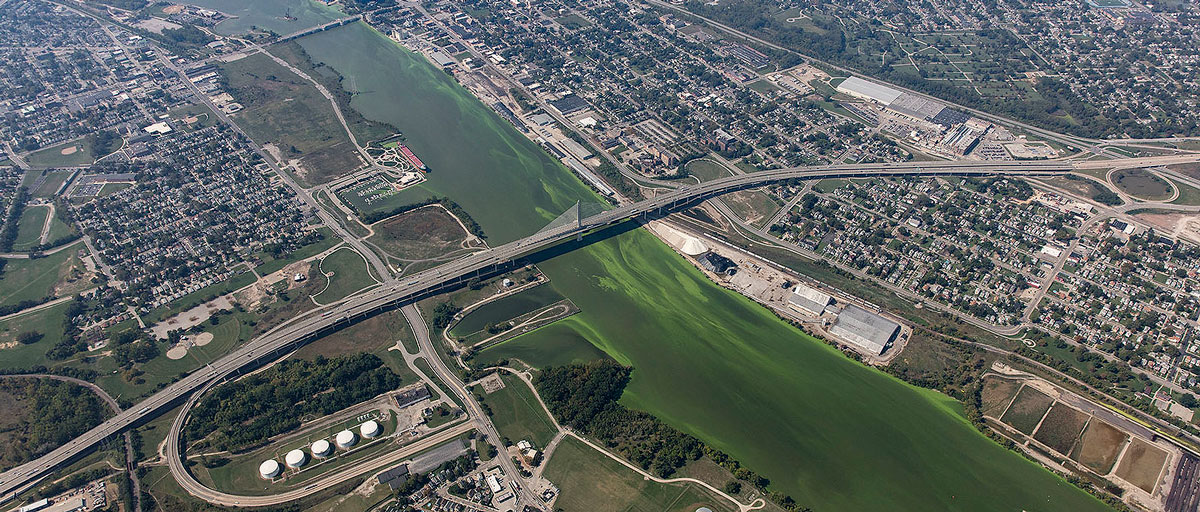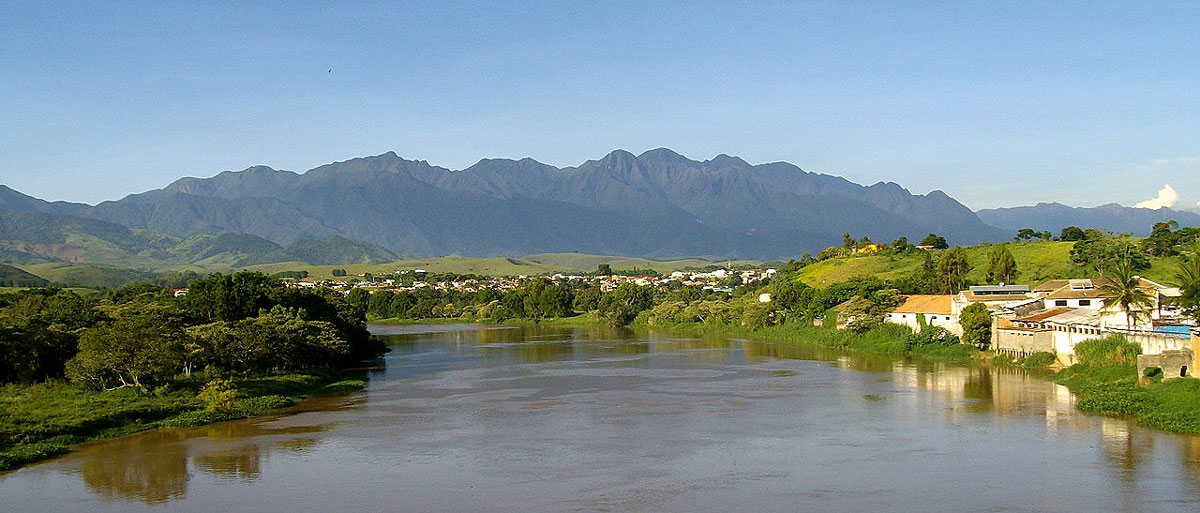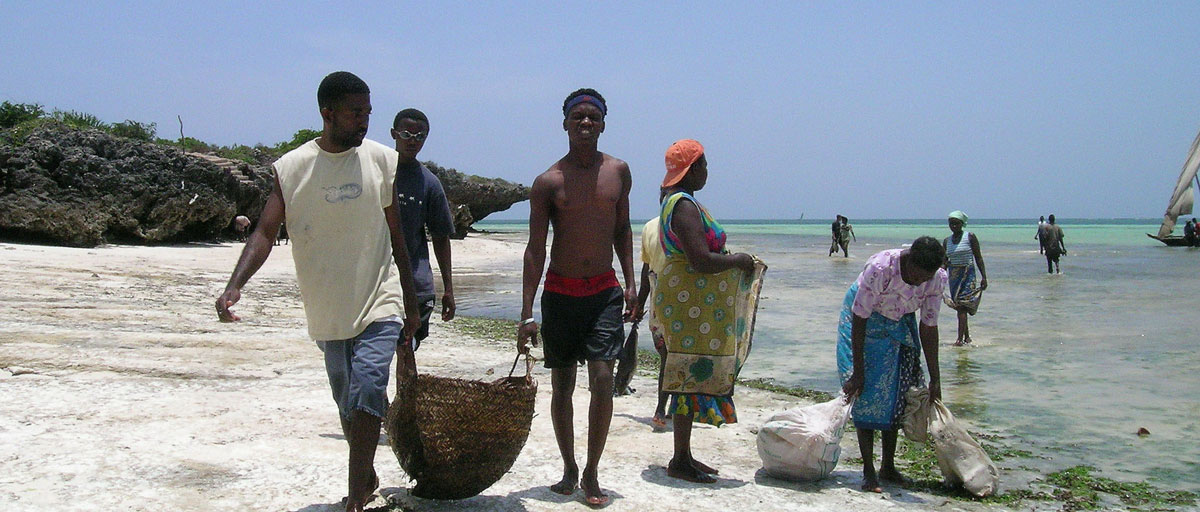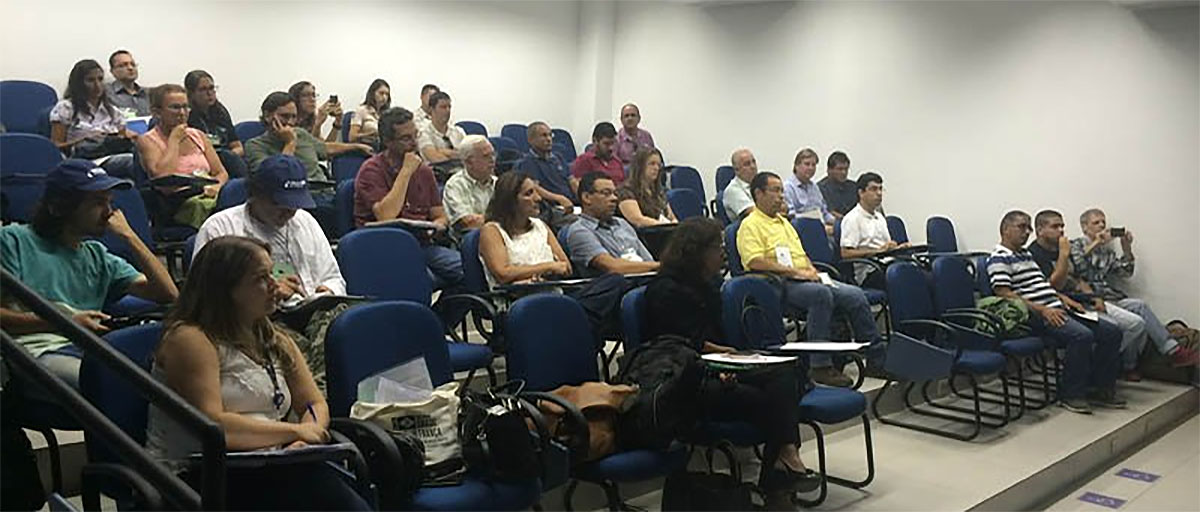Bildtext får vara max två rader text. Hela texten ska högerjusteras om den bara ska innehålla fotobyline! Photo: B. Christensen/Azote
WATER GOVERNANCE
Conflicts might be better than watered down collaborations
Why conflict is to be expected in the process of transitioning to good water governance, and why it is okay
- Authors argue that conflict and collaboration in water governance are two sides of the same coin.
- A recent special issue includes seven different case studies of conflict and collaboration, and draws upon insights from context specific conditions across a development gradient.
- The transition towards cross-boundary water basin governance is a necessary, but not linear, process.
Water is a fundamental resource in our daily lives, and a complicated resource to govern. We consume water for our health and use it to clean, and yet it is easily polluted. It can be calm and still in a tranquil lake, but when dammed can contain forces powerful enough to generate electricity for entire cities.
But it can also generate mass protests and social unrest.
Given these antagonistic characteristics, it is unsurprising that water governance is important for different actors and natural processes which span human-defined political and administrative boundaries. To study this connection, researchers often apply a perspective where socially- and hydrologically-defined boundaries and scales are nested together.
In a special issue in Ecology and Society on water governance, centre researchers have drawn out the less-than-obvious interlinkages between conflict and collaboration. Seven examples from the global North and South are collated.
Challenges to the governance of shared water resources are not endemic to a particular region, political system, or economic interests and may share common causes and solutions.
Maria Mancilla García, lead author
Collaboration and conflict - two sides of the same coin
Due to the complex challenges involved, many approaches to water governance emphasize participation and a desire for strong collaboration. This gives rise to a paradox.
Co-author and centre researcher Jacob Hileman explains, “collaboration can strengthen bonds between like-minded individuals, and this can reinforce pre-existing conflicts”.
Nonetheless, that’s not all bad, the authors argue. This is because conflict can also be an important driver of collaboration. Bringing social tensions to the surface makes previously underlying conflicts visible, and can highlight strategies for how collaborative governance institutions may be strengthened to manage conflicts in the local context.
Conflict is a natural part of the process in transitioning to good water governance.
Örjan Bodin, co-author
With a case study of the Rhine River basin, Widmer et al. (2019) highlight the invisible consequences of upstream micropollution on downstream water quality. Micropollutants are especially difficult to trace because they can include thousands of different compounds from different sources, and which confounds efforts to remediate the problem through multi-actor collaboration.
Another example comes from Berardo et al. (2019), who investigate nutrient pollution in the Maumee River watershed in the United States. This type of pollution is often the result of nutrient-laden agricultural runoff, and while the contribution from any individual farm may be minimal, the overall impact is immense. However, the short term costs local farmers have to bear in order to minimize runoff are not necessarily aligned with how the long-term benefits are distributed across the region. Collaboration between levels of governance, for example county administrators and state agencies, is needed to address such upstream-downstream conflicts.
In their insight article, Mancilla García et al. (2019) explain, “in practice it can be difficult to pinpoint the gap between local government and basin governance institutions.”
The degradation of water quality can create tension even within jurisdictions, so when multiple administrative units that must collaborate, these tensions can twist deeper.
Contradictory interests
Issues of water allocation for multiple stakeholders are multifaceted, and uses may be mutually exclusive. Damonte (2019) explains how in an agricultural region of the Peruvian coast, groundwater has been overexploited by a powerful agri-business coalition and resulted in severe water shortages. Conflict is rife even within government agencies, in particular the Environmental Protection Agency and the Ministry of Economy, which supports the agri-business elite who continue to exploit the aquifer.
Global South or North, it is not unusual for public actors to defend contradictory interests. Mancilla García et al. (2019) describe how the municipal government on the Swedish island of Gotland struggled with the dilemma of generating job opportunities through expanding mining activities, and safeguarding the quality of the island’s limited water resources.
Broad multi-stakeholder participation is often a requirement for collaborative water governance forums. However, participation is not synonymous with meaningful collaboration, and this remains a key challenge in practice. If collaborative forums are dominated by certain individuals or interest groups, this may come at the expense of the forum being open to multiple perspectives, which can leave participants disenchanted with the idea of collaboration.
In the example from Peru, the agri-business elite have used a technical framing to position themselves as the more qualified water resource managers, and to exclude meaningful participation of peasant communities and environmental groups.
In a study of the Lake Victoria basin in East Africa, Hamilton (2018) similarly illustrates how individuals with more authority found the decision-making process in forums to be fairer than those further down the ladder.
The good kind of conflict
Bringing together these different case studies and analyses is an important step toward a more holistic understanding of water governance in its many forms. More empirical research, however, is needed to understand which possible solutions are better suited for different challenges, since specific strategies are not always generalizable across local contexts.
The authors conclude, “beyond framing collaboration as a solution to conflict, this special issue highlights how conflict can also present an opportunity for building collaboration and strengthening water governance institutions.”
Methodology
The authors draw out the key features of different case studies in the special review in water governance. Many of these studies use network analysis in order to examine the connections between actors at different levels, as well as hydrologically-defined connections.
The special review is the result of a workshop supported by Guidance for Resilience in the Anthropocene (GRAID) and affiliated SRC staff.
Case study papers:
Procedural fairness in Lake Victoria, East Africa - Matthew Hamilton
Resilience to policy change in Ecuador - Paúl Cisneros
Social technology, depoliticization, and resistance in Latin America - Emilie Dupuits
Agribusiness and water scarcity in Peru - Gerardo H. Damonte
Sanitation governance in Vietnam - Manuel Fischer, Mi Nguyen, and Linda Strande
Harmful algal blooms in Lake Erie - Ramiro Berardo, V. Kelly Turner, and Stian Rice
Multilevel collaboration in the Rhine River basin - Alexander Widmer, Laura Herzog, Andreas Moser, and Karin Ingold
Insight paper:
The role of municipalities in basin governance institutions - María Mancilla García, Jacob Hileman, Örjan Bodin, Annika Nilsson, and Pedro Roberto Jacobi
Mancilla García, M., J. Hileman, and Ö. Bodin (Eds.). (2019). Collaboration and conflict in complex water governance systems across a development gradient [Special Issue]. Ecology and Society, 24(3).

Maria Mancilla-García’s research focuses on relationality in social-ecological systems, including network analysis and theoretical work on the concepts of intertwinedness and dynamism












